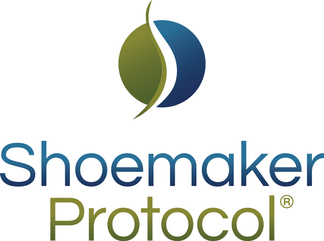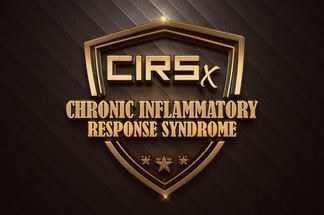(if you missed Part 1, you can read it here!)
LANDMARK STUDIES
Our group has published two papers on genomics, with the first in 2015 on the chronic inflammatory response syndrome (CIRS) seen in ciguatera and the more recent paper, a landmark study showing existence and correction by VIP (after the antecedent steps in our protocol are completed) of a host of gene activation abnormalities seen in CIRS caused by exposure to the interior environment of water damaged buildings (CIRS-WDB). This paper also included the absolutely stunning finding that the use of VIP dramatically changes genes controlling function of both ribosomes and mitochondria, possibly revealing the main sources of chronic fatiguing illness. Incredible. Recall that ribosomes serve as the intracellular site of protein synthesis (the place where RNA initiates production of polypeptides and proteins), and mitochondria produce cellular energy in the form of ATP. For the first time, ever, a patient can be tested to show us definitely what is actually happening with the CIRS illnesses and the genomic, transcriptomic and proteomic consequences.
THE CONCEPT OF CURE
Not wanting to be too detailed, I simply told the caller, “NGS testing doesn’t tell us answers to all of questions of the universe, but combined with history, physical, proteomics and differential diagnosis, it will tell us the universe of gene activity in countless illnesses of the 21st century. If you want to know what is happening to you in an illness, what the physiology is that makes us ill, and where you are in your treatment protocol, then you must know the gene activation and gene regulation profile. By using genomics, we can now address the possibility of the word “cure.” Patients are cured when symptoms, VCS, proteomics and genomics are all normalized. The concept of cure is a big deal, for sure.
OUR TEST
A word about what our genomics test is not. Our test differs from those that merely measure one’s genetic sequence, such as 23andme or methylation profiles. Instead, we are looking at dynamic gene changes, not just the stationary genetic structures of DNA. No one can look at genetics alone and tell if a single nucleotide polymorphism (SNP) is active or not. For example, I am often presented by patients who are concerned for their MTHFR, COMT or CBT status, and decry their impaired genetic ability to properly 3 ‘detoxify.’ I cannot think of a greater recent misunderstanding of basic molecular biology, or its clinical application than the current overemphasis on SNP measurements alone. Similarly, finding viral genes in our nuclear DNA sounds ominous, but it isn’t. All of us have DNA from thousands of viruses intercalated into our own genome. When we see positive antibody blood tests for viruses, like EBV, CMV, HHV-6 and more, do we know if the viral genes are active? NO! Gene activity (or suppression) is what we are looking for. And our test is not the technology that focuses on clustered regularly interspaced short palindromic repeats (CRISPR). We aren’t looking at gene editing (though the idea is fascinating) of one or two genes, we are trying to correct abnormal gene transcription of hundreds, indeed thousands, of genes. In fact, this is the great divide between genetics and genomics research – the difference
The new genomics test is available from www.survivingmold.com!





